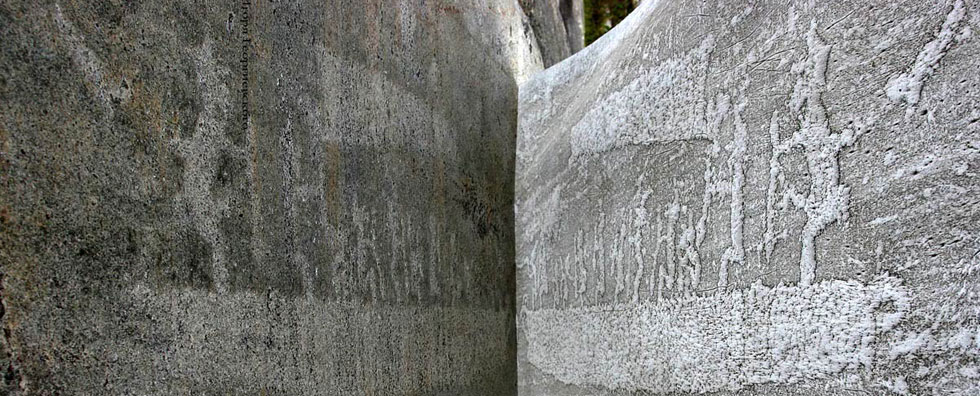
Issue №1, Vol. 21
Terekhov G., Andreeva E., Stetsenko S., Terinov N. Influence of tending felling on the growth and seed production of Siberian and Norway spruce trees in cultures in the Middle Urals // Resources and Technology. 2024. №1, Vol. 21. P. 53‒72.
DOI: 10.15393/j2.art.2024.7463
Influence of tending felling on the growth and seed production of Siberian and Norway spruce trees in cultures in the Middle Urals
| Terekhov Gennadii | Institute Botanic Garden Ural Branch of Russian Academy of Sciences, terekhov_g_g@mail.ru |
| Andreeva Elena | Institute Botanic Garden Ural Branch of Russian Academy of Sciences, e_m_andreeva@mail.ru |
| Stetsenko Svetlana | Institute Botanic Garden Ural Branch of Russian Academy of Sciences, stets_s@mail.ru |
| Terinov Nikolay | Institute Botanic Garden Ural Branch of Russian Academy of Sciences, n_n_terinov@mail.ru |
|
Key words: thinning; Pícea ábies and Pícea obováta cultures; tree trunk and crown growth; seed production |
Summary: The purpose of the research was to study the effect of tending felling on the regulation of stand morphostructure and density, trunk and crown growth, acceleration and increase of spruce reproductive ability. The object of the research was a site of 19-year-old Pícea obováta and Pícea ábies planted simultaneously on an old clear cutting in the spruce forest with the fresh moist soil covered with different grass species and green mosses. Tending felling was performed on the site with different thinning intensity of mixed forest stand. After clearing six sections were formed: one control section (without cutting), and five experimental ones with 19, 24, 38, 44 and 67 % tree trunks cut down. All the trees of natural regeneration were cut down on two last sections. It was found that the efficiency of tending felling resulted from the intensity of deciduous stand clearing. The maximum periodic (over 12 years) growth of the trunks height and diameter, projection and volume of crowns of both types of fir trees were noted in the last two sections. At the same time the complete absence of deciduous trees on the site contributed to the damage of the central shoots of the trunk and branches of spruce trees up to 5 m high by late spring frosts. Windfall spruce trees with the maximum crown size in the cultures of the third and early fourth decades were noted in the summer and autumn periods. The influence of these abiotic factors on spruce trees was not observed in sections with deciduous trees presence. By the age of 31 years Pícea ábies surpassed Pícea obováta by some taxation indicators. Clearing contributed to the active accumulation of spruce trees of both types in the first layer of the forest stand. Most of spruce trees grew on sections without deciduous trees and in rows thinned of fir trees. The increased size of fir trees crown and its constant solar illumination stimulated seed production due to larger number of reproductive organs compared to spruce trees on sections with the deciduous trees presence. Healthy spruce seeds in the traps were available every year in 15-year old stands. Their number (0.1—1.2 kg/ha) depended on trees age and the spruce cone harvest. Spruce undergrowth appeared between the rows of trees. Therefore is possible to form uneven spruce stands. The recommendations for the organization of a permanent seed plantation of Pícea ábies and Pícea obováta are given. |
Displays: 470; Downloads: 279;




